Rocky Mountain National Park is stunning. It must be included on your sightseeing list!
Officially dedicated on September 4, 1915, the park is located outside of Estes Park, Colorado.
Rocky Mountain National Park is known for its Alpine wilderness, mountain beauty and the wide variety of wildlife living there. It has 416 square miles of beautiful mountain terrain, 359 miles of hiking trails, 150 lakes and lots of Alpine wilderness.
Rocky Mountain National Park is one of Northern Colorado’s most visited attractions which attracts 3 million visitors a year due to its accessibility, affordability, scenic views, destinations and limitless outdoor activities.
With plenty of Instagram worthy attractions and activities, bring your camera and capture the captivating mountain beauty of Colorado’s crown jewel.
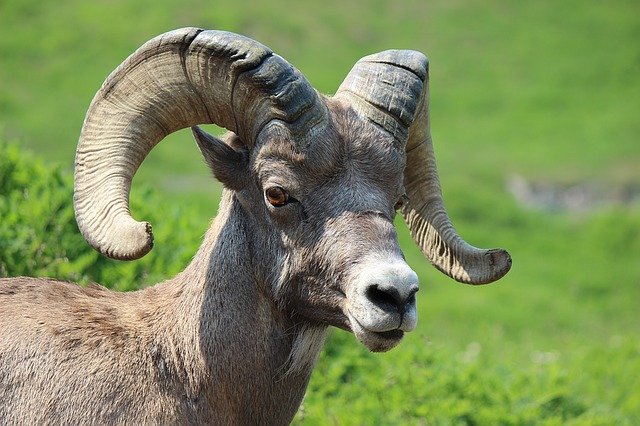
Interesting Facts
- Rocky Mountain National Park is America’s tenth and highest elevated national park.
- The park is home to Grand Lake Cemetery, one of the only few cemeteries situated within a national park boundary.
- National Geographic named Rocky Mountain National Park as one of its best trips in the world in 2014.
- In 2015, Rocky Mountain National Park celebrated its 100th Anniversary.
- The Bighorn sheep, the largest wild sheep in North America, is the symbol of the park.
Top Things to Do and See in Rocky Mountain National Park
Trail Ridge Road
Many tourists visit Rocky Mountain National Park to see the spectacular views and sightseeing spots from Trail Ridge Road, America’s highest, continuous road and the park’s highway to the sky. With a maximum elevation of 12,183 feet (2 miles above sea level), the 48 mile scenic drive on Trial Ridge Road will give you incomparable views of mountain beauty, Alpine forests, meadows and wildlife activity.
Longs Peak
Every year, around 20,000 people climb the tallest mountain in Rocky Mountain National Park.
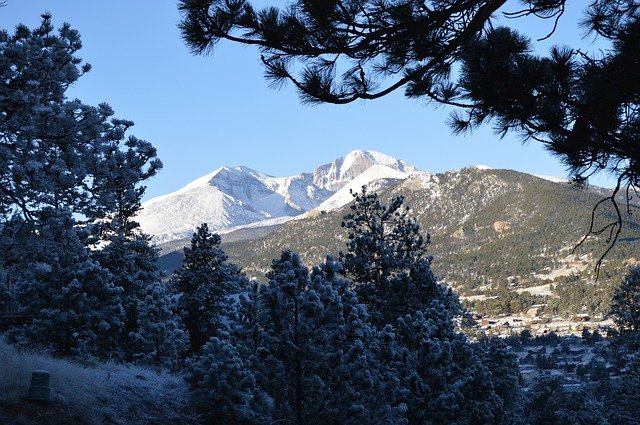
Mountain Lakes
There are many gorgeous mountain lakes in the park which offer a picture perfect backdrop, popular trails, and wildlife encounter. Bear Lake, Dream Lake, Emerald Lake, Nymph Lake and Black Lake are some of the glacier lakes that are found in the park.
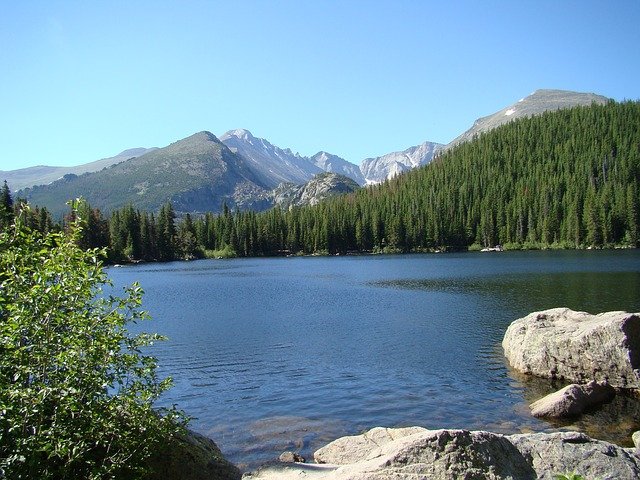
Wildlife Viewing
Wildlife viewing is one of the main attractions in Rocky Mountain National Park. The park is home to a wide variety of wildlife and offers the opportunity to see North American elk, moose, black bear, Bighorn sheep, deer and other fascinating wildlife.
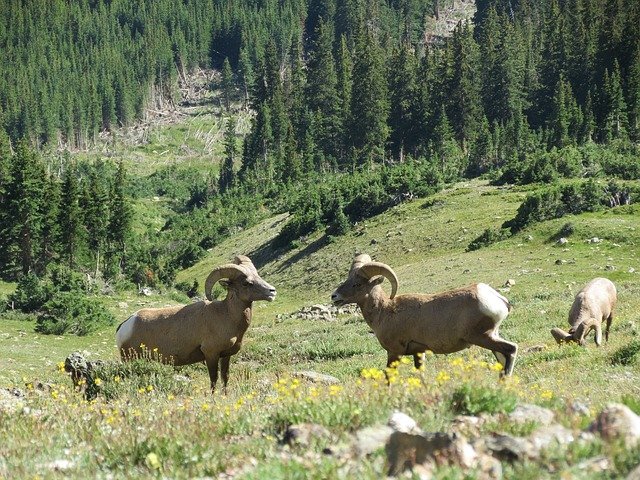
Fishing
Another popular enjoyable activity in the park is fishing. However, a valid Colorado fishing license is required to fish in Rocky Mountain National Park. This rule is applicable to all persons 16 years of age or older. Visit the Colorado Division of Wildlife website for more information about getting a fishing license and fees.
Hiking
Explore the park on foot with over 355 miles of hiking trails. Choose from the 82 miles of paved roads and 28 miles of unpaved roads for your one-of-a-kind hiking experience.
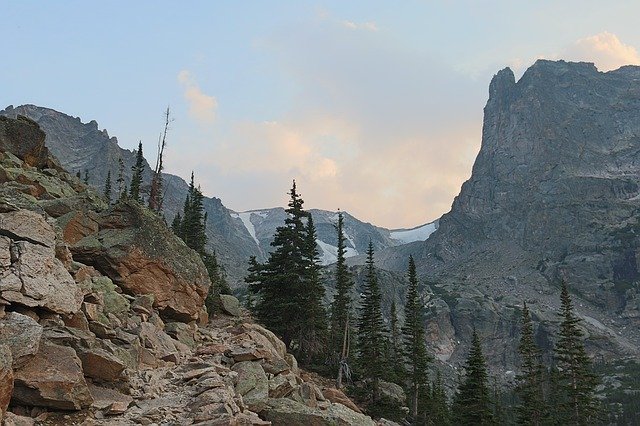
Horseback Riding
Ride a horse and experience the old fashioned way to explore Rocky Mountain National Park. Horseback riding is seasonal. Glacier Creek Stables and Moraine Park Stables are the two stables in the park. An all-day adventure on horseback is available. Horseback riding is also an enjoyable activity for children to see and explore the park.
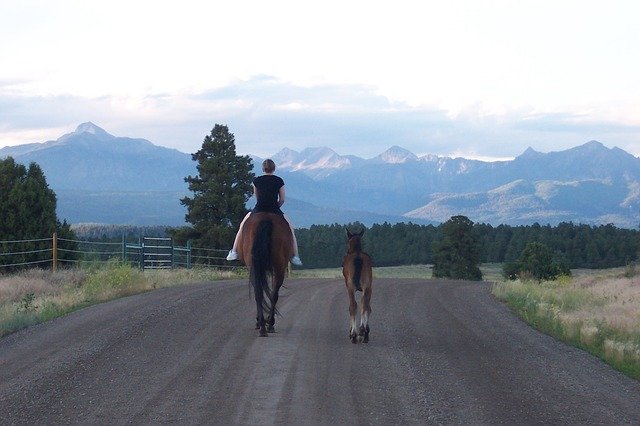
Camping
Camping is probably the most common and exciting activity at the park especially if you are a camping enthusiast. There is no lodging available in the park but camping options are available. Backcountry camping is also possible. A permit is required for overnight backcountry camping and bivouacs. Permits are available at Headquarters Backcountry Office or the Kawuneeche Visitor Center. During summer, a permit fee of $15.00 and reservations are required.
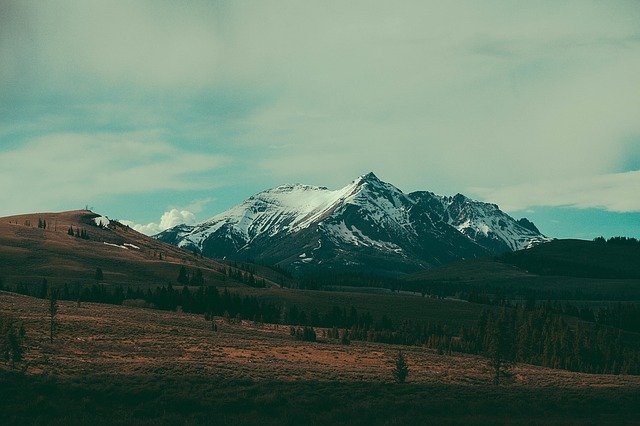
Things to be Considered when Preparing for a Camping Trip
Campgrounds
The park offers camping options in the five National Park Service (NPS) campgrounds located within the park.
Longs Peak Campground
Availability: First come, first served basis, no reservations
Location: Pine Forest near the Longs Peak Trailhead
Amenities: 26 tent sites only campground
Advantages: Basecamp for Longs Peak climbers
Disadvantages: No RV sites, no electricity, water or sewer hookups
Camping Fees: $26 per night
Aspenglen Campground
Availability: Open from mid-May through mid-September, reservation is recommended
Location: Located along the Fall River
Amenities: 53 sites, flush toilets
Advantages: Can accommodate RVs up to 30 feet
Disadvantages: No electricity, water or sewer hookups
Camping Fees: $26 per night
Timber Creek Campground
Availability: Late May to early November, First come, first served basis
Location: West side of the park, located along the Colorado River
Amenities: 98 sites, flush toilets
Advantages: Perfect location for wildlife viewing, can accommodate RVs up to 30 ft.
Disadvantages: No electricity, water or sewer hookups, no shade
Camping Fees: $26 per night
Moraine Park Campground
Availability: Open year round, reservation is required
Location: Two-and-a-half miles south of Beaver Meadows Entrance Station
Amenities: 244 summer sites, 77 winter sites, free shuttle to some of the park’s attractions
Advantages: Stunning view of Longs Peak, easy access to hiking, RVs up to 40 ft
Disadvantages: No electricity, water or sewer hookups
Camping Fees: $26 per night when water is available, $18 when the water is off
Glacier Basin Campground
Availability: Open from approximately mid-May through mid-September, reservation is required
Location: Located on Bear Lake Road
Amenities: 150 individual and 13 group sites, RVs up to 35 ft, flush toilets
Advantages: group tent sites available
Disadvantages: No electricity, water or sewer hookups
Camping Fees: $26 per night; $4/person/night for group camping
Best Time to Go
Rocky Mountain National Park is open year-round. Summer is the most popular time to visit, especially in July and August which is the peak visitation time in the park. Wildflowers are in full bloom in July. Fall is also a good time to visit because the temperature is cooler and leaves change their colors, turning the park into a natural beauty. It is also the mating season for the elk where they gather in several areas in the park. March has the fewest visitors due to the heavy snow. Roads are closed after heavy snow. In winter months, snowshoeing and cross-country skiing are two popular activities in the park. Between late May and June, park visitors are likely to see a few bighorn sheep.

Pets
Leashed pets (not longer than six feet) are permitted in campgrounds picnic areas and along roadsides. Pets must be attended at all times and must not be left unattended in your vehicle. Pets are not permitted on park trails, snow areas, tundra, and meadow areas and in the backcountry. Pet owners are responsible for disposing of their pet’s waste properly.
Connectivity
There is no cell phone service in the park. The closest cell phone service is found in Estes Park. An emergency phone is at the ranger station of Timber Creek Campground, Aspenglen Campground, and Longs Peak Ranger Station (not at the campground) are available.
Weather
The weather in Rocky Mountain National Park is unpredictable and changes rapidly. Expect the temperature to be cooler at destinations with higher elevations in the park. Be prepared for storms and extreme weather conditions. Check the weather forecast prior to your camping trip and pack clothing accordingly.
Safety
Check the park’s safety page for more information and tips about wildlife and animal safety, mountain weather, lightning, micro organisms, and other diseases.
Tips for Planning your Camping Trip
- Make camping reservations at Aspenglen, Glacier Basin and Moraine Park campgrounds by visiting Recreation.gov or call (877) 444-6777. Reservations are accepted up to six months in advance.
- Campsites for backcountry camping in the summer can be reserved starting March 1st of each year.
- Plan ahead and check the park website prior to your trip to get updates and information about weather conditions, road closures, construction, and other important details.
- Food storage lockers are available at each campsite. Always use the bear food containers for bear safety.
- Rocky Mountain National Park is a high-elevation park. Make sure you have a first aid kit and medicine for altitude sickness. Pack plenty of water to avoid dehydration.
- For backcountry camping where potable water is not available, boil water for at least one minute to avoid any intestinal infection.
- Follow camping regulations and comply with the no-trace policy.
Resources:
https://www.nps.gov/
http://mentalfloss.com/
http://www.10best.com/
http://www.stanleyhotel.com/
http://www.denver.org/
http://travel.nationalgeographic.com/
grandlakechamber.com
http://travel.aarp.org/destinations/
http://www.boulderbrook.com/
http://www.national-park.com/





